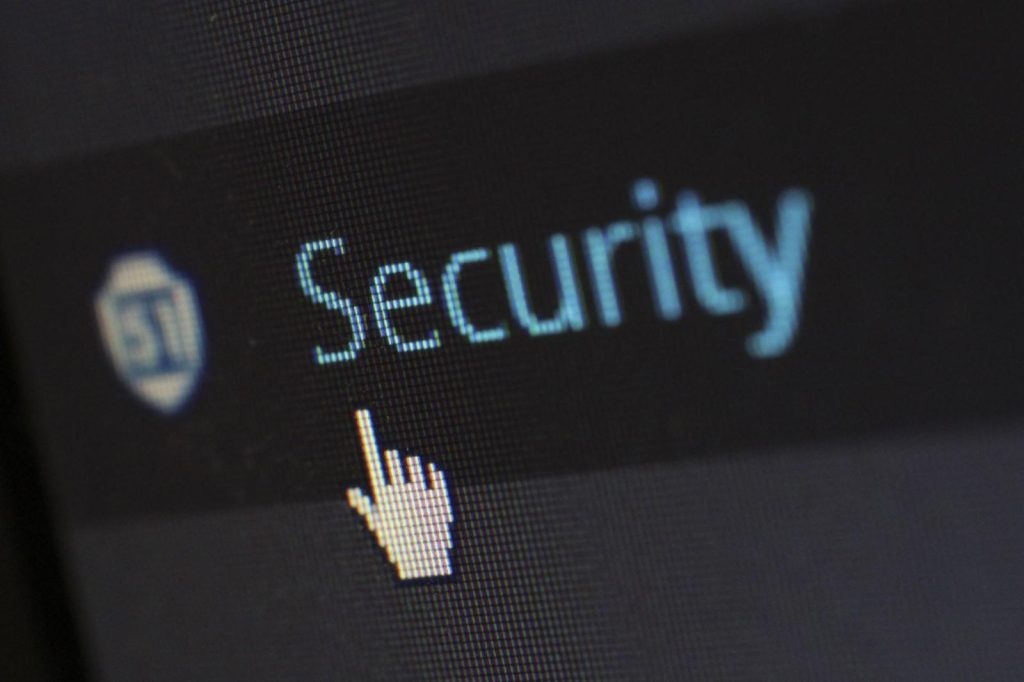What Are the Different Stages of Certificate Lifecycle Management Services
Certificate lifecycle management (CLM) is a set of controls and processes for issuing digital certificates. Also, it is for controlling the usage, managing, and revocation of the certificate.
Quick Links
The process occurs from when they issue the certificates to the destruction process. It provides security professionals with a framework to create and manage certificates. The framework ensures the holder uses them according to an organization’s security policy. Digital certificates always provide more robust security than conventional.
Here are six main stages of certificate lifecycle management.
1. Certificate Enrollment
It is the first stage of the certificate lifecycle management services. The certificate user starts the process by sending enrollment to the certification authority (CA). They have to provide proof of their identity. The CA then grants them access to resources that require certificates for authentication. The process requires the CA to collaborate with the user and the PKI software.
The CA uses the public key number and enrollment information on the request form to process the request. When the CA receives the request, they start the verification process.
The issuing CA then creates and issues a new certificate, stores it in its database. An authentication certificate goes to the user. The issuer sets policies that guide the use of the certificate by the user.
2. Using Certificates for Authentication
The user can use existing certificates for authentication. When using an SSL-enabled app or service, the user must show their newly issued certificate. They send the public key parts over an encrypted connection via HTTPS, SFTP, FTPS, or any other supported protocol.
The CA has to install the certificates on the users’ browsers and clients to trust the authentication. They insert the public keys into the software of popular web browsers. In this way, they can verify the authenticity of SSL connections.
After successful authentication and authorization of the user, they give them a session token. The user uses it to access protected resources.

3. Certificate Validation
When the certificate is in use, there is a need to check if it is valid. The CA also verifies if it is in the Certificate Revocation Lists (CRL). If it is on the list, you cannot use it. Therefore, it goes to the revocation stage.
Once verified as valid, the user can use the private key for encrypting communications between client and server. So, others eavesdropping on their connection cannot read it.
4. Certificate Revocation
Entities wishing to check the revocation status of a digital certificate query the CRL to determine if it’s still valid. The CA does checks on the certificate to determine its status. If there is any compromise, they need to revoke it.
They can do it manually when the CA detects the compromise. Also, it can be automatic if the certificate itself has a built-in mechanism to inform the CA of the compromise.
Also, revocation could occur when a user loses a certificate or stops working with the company that requested the certificate.
There should be no compromise of the CA itself. Otherwise, all certificates issued by it would become invalid. To prevent further damage, the new root CAs may issue and revoke certificates differently. The old root CA can then update its CRLs to revoke the compromised certificates.

5. Certificate renewal
After a certificate expires, the user should renew it before rechecking the CRLs. Alternatively, they can revoke it so that it goes to the CRL.
Renewal can be automatic or manual. It depends on whether an organization wants to change the details in the certificate. However, for certificates with authorization, the renewal is automatic. For those that do not have a license, the user has to intervene for the manual process to start.
The user can then create new public and private keys for the certificate.

6. Certificate Destruction
If the certificate is no longer active, its copies, archives, originals, and backups lose value. Therefore, it is necessary to destroy them. This process is essential, as an attacker may have access to the digital certificate. They will then be able to use its public key for decrypting data on your platform.
It is necessary to destroy the keys to the certificate too.
7. Certificate Auditing
Auditing of certificates enables the Certificate management system to follow on certificate creation. Also, they can know which ones have expired and which to revoke.
Once a certificate is issued, it is necessary to audit it periodically. It enables the CA to identify when compromises occur so that they can take the required action.
It will allow the CA to update its CRLs with revoked certificates and prevent people from using them for authentication.
Conclusion
Cybersecurity is an ongoing concern for many businesses. That is the reason proper certificate lifecycle management is essential. It helps to ensure that there are minimal or no security loopholes. The enforcement creates a secure system protecting companies and individuals from hackers.
A certificate helps enable SSL (secure socket layer) encryption. It makes sending information from a web browser to the server safe. SSL uses a public key and a private key you use for SSL encryption and decryption.
What Is WooCommerce Product Slider and Why Your Store Needs It
Why Do Product Images Matter So Much in Online Stores? When someone visits an online store the…
0 Comments9 Minutes
How to Streamline Your Customers’ Shopping Experience?
The goal for any online store is to make shopping as smooth as possible. When visitors move…
0 Comments8 Minutes
Strengthening Brand-Customer Relationships Through Gamified Loyalty Programs
Creating lasting connections with customers has become increasingly vital as the marketplace grows…
0 Comments6 Minutes
How to Use SEO and SEA Together in Search Engine Marketing
In digital marketing, search engine marketing (SEM) plays a critical role in improving online…
0 Comments10 Minutes
Content Marketing Growth Hacks: Real Shortcuts to Drive Traffic
Are you still lagging in content marketing? Sticking to these old strategies seems…
0 Comments10 Minutes
How to Build a Strong Local Following Using Social Media Marketing
In the days of likes, shares, and stories, local businesses have a golden opportunity to create…
0 Comments9 Minutes
Why WooCommerce is the Best Choice for Your Online Store?
WooCommerce stands out as a top option for anyone looking to build an online store. This platform…
0 Comments8 Minutes
How to Use AI-Powered SEO Tools for WordPress eCommerce
SEO is a critical factor in the success of any e-commerce WordPress store. As competition…
0 Comments11 Minutes








